Total Alkalinity measures water’s ability to resist changes in pH. It acts as a “buffer” from the pool, causing wild pH swings.
Scientifically speaking, a buffer is a chemical system that resists any change upon the addition of acids or bases. If the water does not contain a buffer, then the pH can change dramatically.
This is commonly known as ph bounce.
Don’t you wish you paid more attention during science classes in school? While the above definitions might initially be confusing, it isn’t too complicated to understand.
Further Understanding the Relationship Between Total Alkalinity and pH
There are a lot of circumstances that can cause pH to rise and fall daily. Rain can cause pH to rise. Even water features and splashing can increase pH.
Total alkalinity is there to basically “neutralize” any change and help keep pH in its place. It does not determine pH levels but rather holds them steady.
What Happens When Total Alkalinity Is Not Balanced?
As stated above, pH bounce can occur when total alkalinity levels get too low. This makes it difficult to maintain pH levels.
Low levels also cause water to be more acidic than normal, which can cause staining, water turning green, and an overall irritation of the skin and eyes.
Pools with too high total alkalinity can also make it much more difficult to adjust pH, cause scaling issues, cause eye and skin irritation, and make the water cloudy.
| Low TA | High TA |
|---|---|
| pH bounce | Difficulty adjusting pH |
| Surface staining | Scaling of pool surfaces |
| Eye and skin irritation | Circulation reduction |
| Corrosion to heater | Plugs filters and pipes |
| Corrosion to metal surfaces | Irritation to skin and eyes |
| Water can turn green | Water can turn cloudy |
Testing your water and ensuring total alkalinity is always balanced will help prevent any of these issues!
Testing Total Alkalinity
Since pH and TA are closely related in pool chemistry, it makes sense to test them simultaneously. Ideally, pH should be tested at least weekly, so total alkalinity tests should follow that procedure.
Also, since accuracy and reliability are key to testing, using a testing kit rather than strips is highly recommended. Strips can be useful for ranges or getting a “pretty good” guesstimate of where levels are at. However, we need reliable results; a testing kit is the best way to achieve that goal.
This testing guide will follow Taylor’s K-2006 testing method, though most kits will have a similar procedure, with the only difference being the reagents used.
Step 1: Gather a Good Water Sample
Use the comparator tube or a clean cup and go to an area in the pool’s deep end away from skimmers or return jets. Then, insert the cup straight into the water about elbow deep, creating an air gap. Lastly, turn the cup over until it fills.
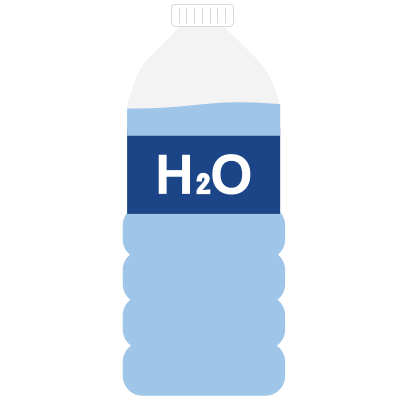
Step 2: Fill Comparator Tube to 25 mL
You’ll want to ensure the comparator tube is dry and clean from past tests. Otherwise, the results may not be accurate. Make sure the sample is as close to 25 mL as possible.
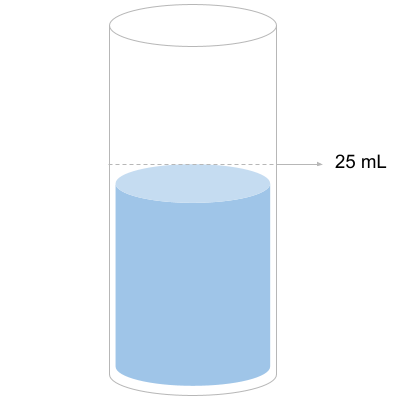
Step 3: Add 2 Drops of R-0007 Reagent
R-0007 is thiosulfate. It is used at the beginning of the test to neutralize chlorine so it does not interfere with the overall test.
Make sure to swirl after the added drops to mix the reagent with the sample thoroughly.
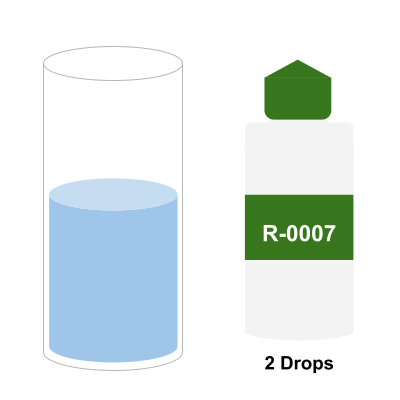
Step 4: Add 5 Drops of R-0008 Reagent. Sample Should Turn Green
R-0008 is the total alkalinity indicator. It essentially lets you know if TA is present in the water. The sample should turn green after 5 drops and swirling.
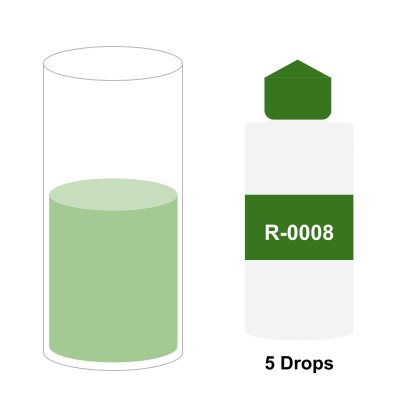
Step 5: Add R-0009 Reagent Until Test Turns Red
R-0009 is sulfuric acid, used to determine the pools’ TA level. For this step, count each drop and swirl after every drop has been administered.
The test is over when the sample has turned red.
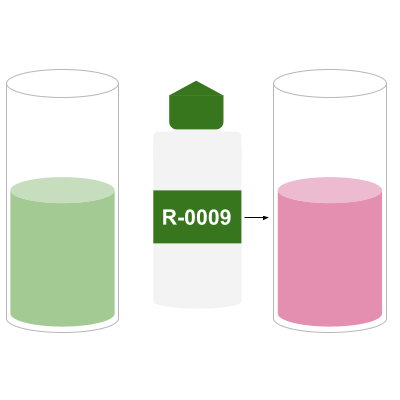
Step 6: Multiply the Number of Drops by 10 to Get Total Alkalinity Level
To find your TA level, you’ll want to multiply the number of drops from step 5 by 10 and record them as parts per million or ppm.
As an example, 5 drops would equate to 50 ppm TA.
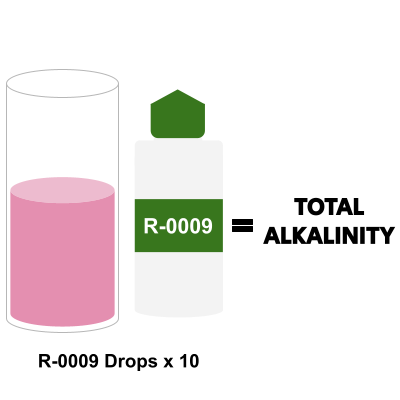
For an easier visual representation:
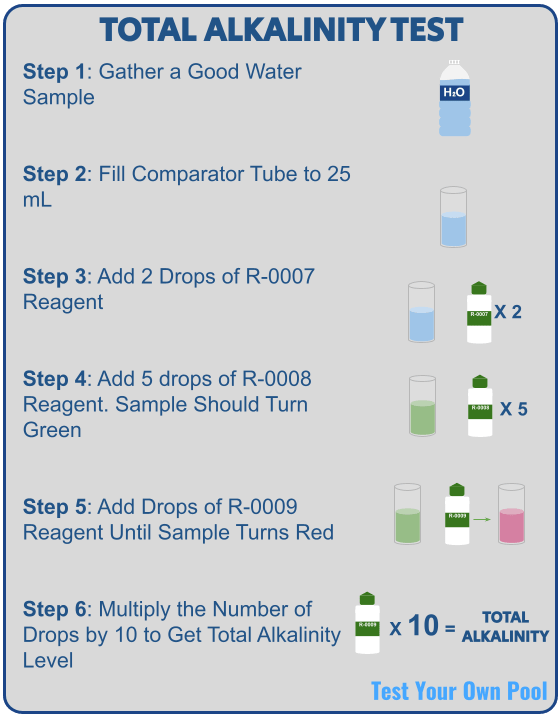
What is an Ideal Total Alkalinity Level?
TA should be somewhere between 50 to 90 ppm. Any measurement lower than 50 should be increased. However, if your pH remains stable with a higher TA, that is OK. You should let alkalinity find its balance naturally with your pH levels.
This might go against industry norms of acceptable TA limits up to 120 ppm. The main reason you will notice that recommendation is that most pool owners use trichlor pucks as their choice of chlorine.
Trichlor is highly acidic and will drive pH and TA down over time. The higher TA levels are suggested to counteract that acid addition in the water.
Liquid chlorine or cal hypo is more “pH neutral” and will have less of an effect on overall pH levels. So, if these are your preferred sanitizing methods, the lower TA levels are OK.
How to Lower TA in Pool?
Alkalinity levels don’t necessarily have to be lowered to reach a target. As mentioned above, if pH is stable with a higher-than-recommended TA, that is completely OK. If you notice pH changing rapidly, lowering alkalinity will help limit that change.
Either muriatic acid or dry acid can lower total alkalinity. If using muriatic acid, precautions must be taken when using it and pouring it into your water.
Please wear gloves, goggles, and a mask, as the fumes can be overwhelming and dangerous. You also want to store it in a dark, cool place away from the chlorine.
Dry acid is usually found in pool stores as “pH down” or “pH decreaser”.
Remember that lowering with muriatic acid or dry acid will also lower pH!
How to Raise TA in Pool?
TA is raised by using baking soda. Yes, the baking soda you see in every grocery store in the country! Depending on how much is needed, buying in bulk will typically be more cost-effective.
Add about 1.4 lbs per 10,000 gallons to raise TA by 10 ppm.
Use the total alkalinity calculator to understand how much you need to get the TA level.
For more visual learners, refer to the chart for specific increased dosages!
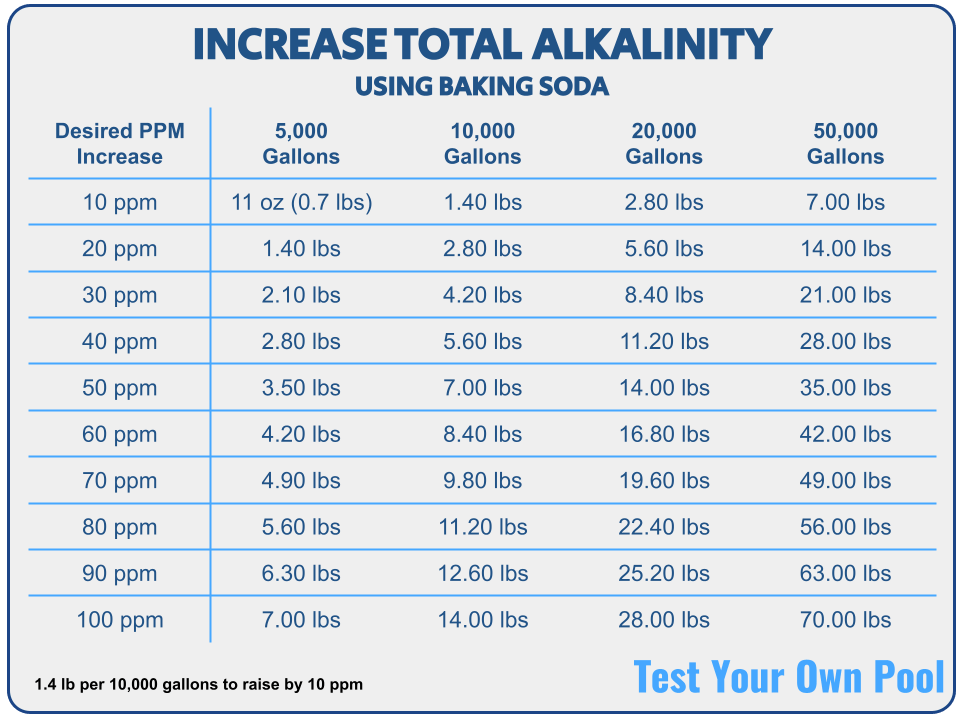
To add baking soda to the pool:
- Know your pool’s water volume. If you are unsure, refer to the pool calculator.
- Measure how much baking soda is needed to achieve your intended target.
- Broadcast the baking soda across the deep end.
- Brush the floor and walls of the pool so the baking soda dissolves faster.
- Wait for 6 to 12 hours before testing TA levels again.
Making it Easier
Like all other testing parameters, issues don’t start to happen overnight. Testing total alkalinity on a weekly basis should be more than enough time to ensure all levels are correct and the water is balanced.
It may seem overkill, but it is better than waiting before it’s too late!
